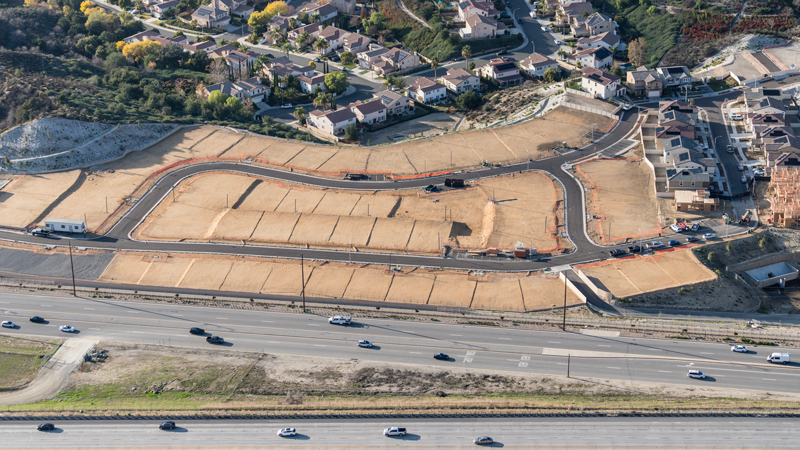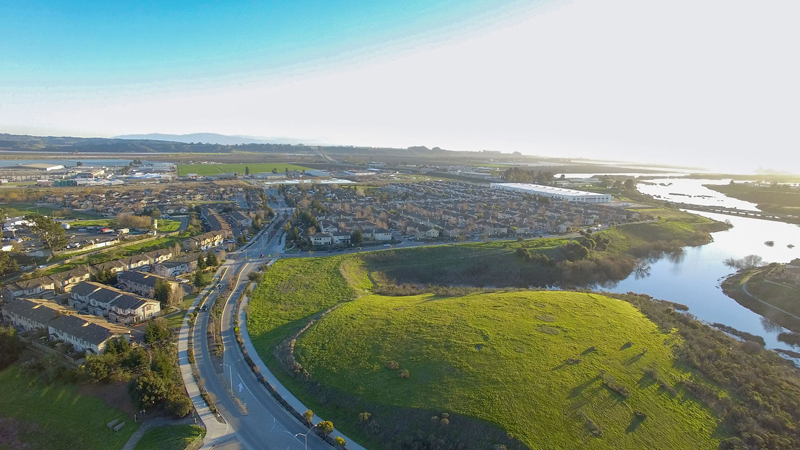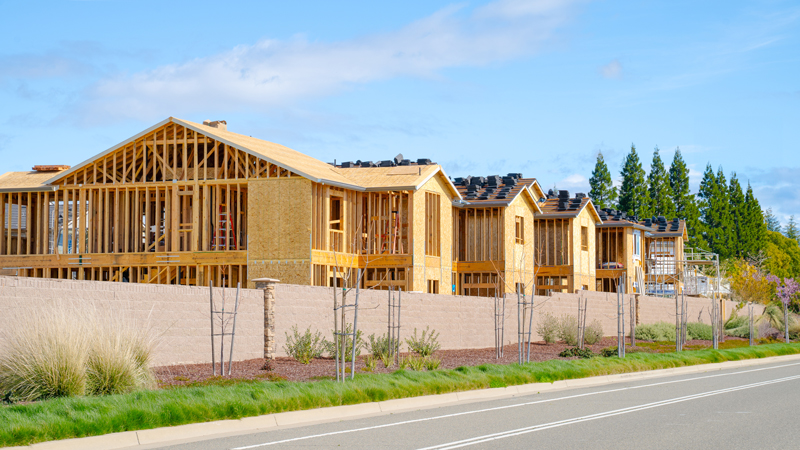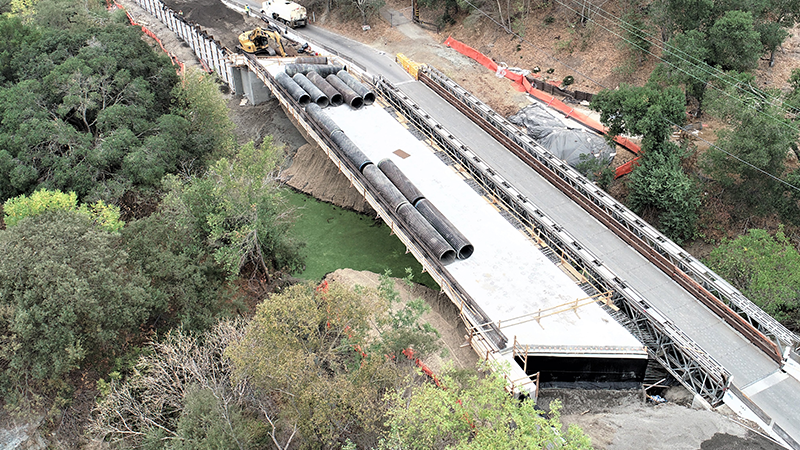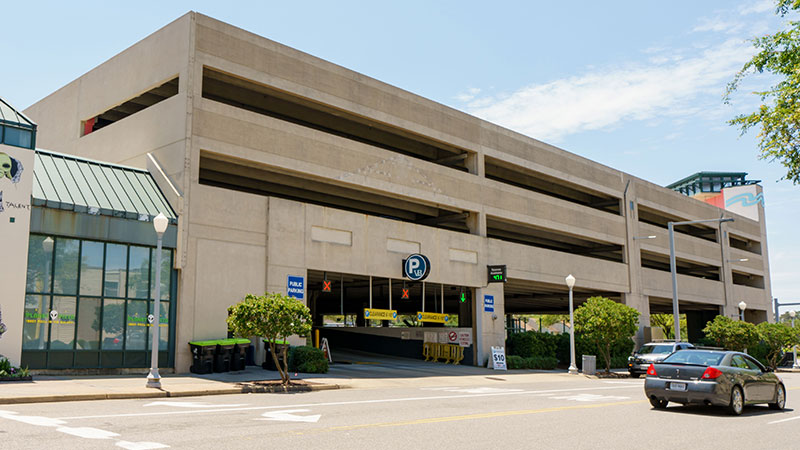5.3 minute read
May 20, 2020
With almost 152,000 homeless individuals—an increase of 16.4% in just the last year—California faces an acute crisis. In Los Angeles County alone, nearly 60,000 Angelenos sleep unsheltered every single night. California’s homeless include veterans struggling with trauma, former foster youth, and entire families evicted due to job loss or other financial setbacks. Many suffer from mental illness and physical disabilities.
How did we get here? This crisis is the culmination of many factors, including out-of-reach housing costs, soaring rents, uneven wage growth, and intractable legal battles over affordable housing guidelines and construction. To exacerbate matters, there’s a significant lack of federal and state funding behind affordable housing. In fact, U.S. Department of Housing and Urban Development (HUD) funding has experienced cuts in the last several years, while state money simply cannot keep pace with the demand.
COVID-19 Impacts
With the COVID-19 pandemic, it’s important to understand, and be prepared for, how the social and economic impacts of the pandemic will impact the homelessness crisis. Due to stimulus packages, hotel and motel agreements for homeless, and eviction moratoriums during this unprecedented time, the true impact of COVID-19 on the homelessness is yet to be seen. Economic indicators such as skyrocketing unemployment combined with moratoriums and other short-term solutions coming to an end indicate a pending avalanche of new homeless throughout the state.
Even with this daunting landscape, municipal leaders can still clear the many hurdles to help gain steam in confronting the crisis head on.
Addressing a community’s housing needs requires an understanding of all elements that impact housing:
-
Form a Regional Housing Trust Fund
Orange County and San Gabriel Valley formed Housing Trusts for the purpose of providing affordable housing and housing for the homeless. These organizations were formed as a result of special legislation and are joint powers authorities made of a number of cities in the region who pool resources and advocate for funding as a group. These Trusts allow for partnerships to maximize funding resources and expedite processes deliver needed housing solutions.
These partnerships can identify cost savings through innovation and economies of scale. And having a shared vision helps increase the odds for successful outcomes while increasing trust and credibility.
-
Actively Pursue Funding
California’s financing options to address homelessness and affordable housing can seem like an alphabet soup of loans, grants, and various other programs—each one with its own unique qualifications and restrictions.
There are a wide range of grant programs available covering everything from sustainable communities to infill infrastructure and housing for those requiring mental health services. While none alone are large enough alone to fully fund a solution, Harris helps identify and combine multiple smaller grants from state, federal, and county sources for maximum impact–almost like putting together pieces of jigsaw puzzle.
It’s also important to note that much of the funding goes to the largest cities in the State as well as counties and continuums of care. Therefore, most cities should coordinate with their respective counties on grant applications in process to be included on the county’s list of projects on the grant application. The economies of scale will increase the chance of funding for all involved.
In addition, two large pieces of legislation that would provide billions of dollars per year are currently working their way through the legislative process. AB795 and AB1905 both will provide funding for affordable housing and homelessness that cities and counties can leverage to combat the homelessness and affordable housing crisis. These bills will potentially provide billions of dollars of revenues for permanent supportive housing solutions across the state. Cities can contact their State representative and write letters in support of these bills, as the mayors of the State’s largest cities did in March of this year.
-
Consider Joining the 2019 Orange County Homeless Settlement Agreement
A network of laws and regulations further complicates progress on sheltering California’s homeless. Harris monitors evolving legal requirements, regulations, and lawsuits so we can advise clients on how best to prepare and respond.
For example, the 9th U.S. Circuit Court of Appeals (which includes California) ruled that enforcing a camping ban in Boise, Idaho, would be unconstitutional if the city does not have enough shelter beds available. The ruling has already prompted action in California, with Buena Park officials beginning work on a new shelter. If the ruling stands, it could prohibit other cities from moving homeless individuals to neighboring jurisdictions.
However, in 2019, officials in Orange County reached a landmark settlement with advocates for the homeless. The agreement states that cities committing to building homeless shelters may enforce anti-camping laws if a “healthcare first” approach is used, without the threat of being sued. Other Orange and Los Angeles County cities have signed on to this same settlement agreement and it appears any city in the State can similarly look to sign on.
-
Build Housing and Shelters
There are three solutions that work together to provide comprehensive solutions to homelessness. Shelters are a short-term solution to bring the houseless indoors immediately. Permanent supportive housing is the long term, permanent solution for those experiencing homelessness. Affordable housing prevents low income individuals and families from becoming homeless, and provides the best cost savings in the face of the homeless crisis.
Municipal leaders, developers, and design professionals are encouraged to collaborate and get creative in the execution phase. Special effort needs to go into site selection (hopefully partnering with an entity that can donate land or provide it at a cost reduction), engineering interior and exterior spaces that deliver the most value for the least cost, and to creating healthy communities versus buildings. Creative solutions, such as modular construction, provide cost savings for affordable housing, permanent supportive housing and even shelters.
Putting the Pieces in Place
Together, we can tackle this housing crisis and build a stronger community for all. If you’d like to learn more about how Harris helps with funding, planning, and developing homeless and affordable housing solutions, get in touch. I’d be happy to discuss your challenges and share my insight.
Authors
Source
Harris & Associates
Markets
Services
Municipal Finance
Grant Funding
Categories
Affordable Housing
Homelessness
COVID-19






